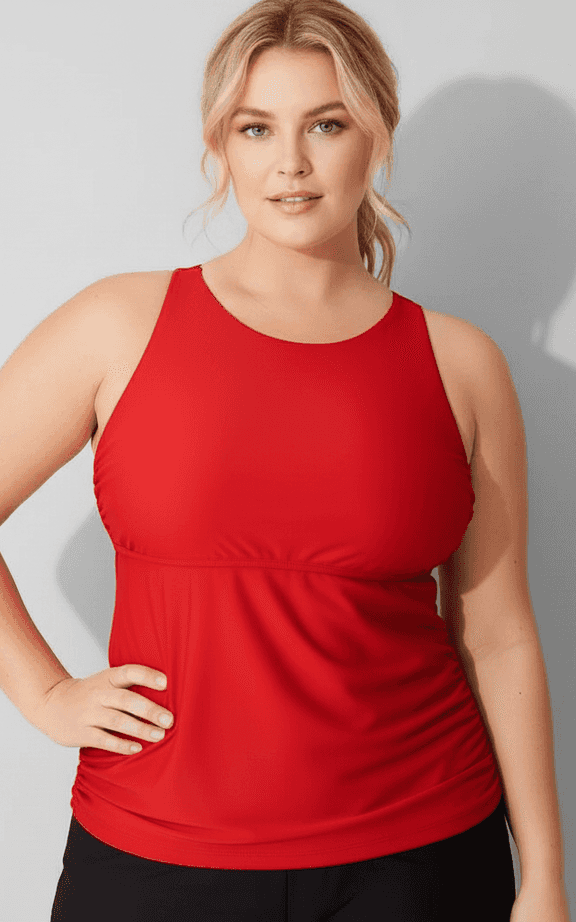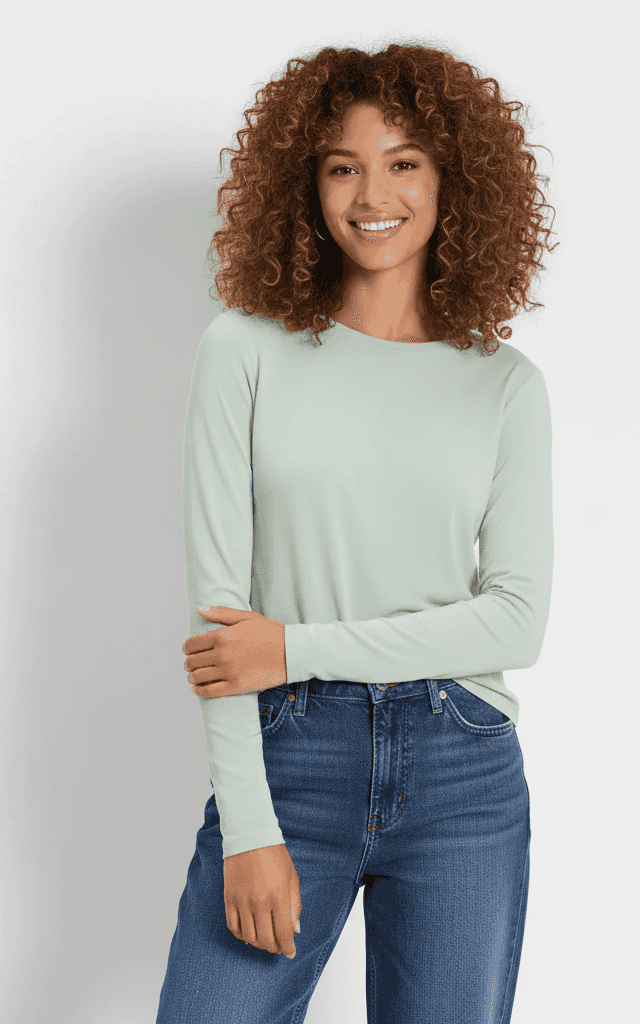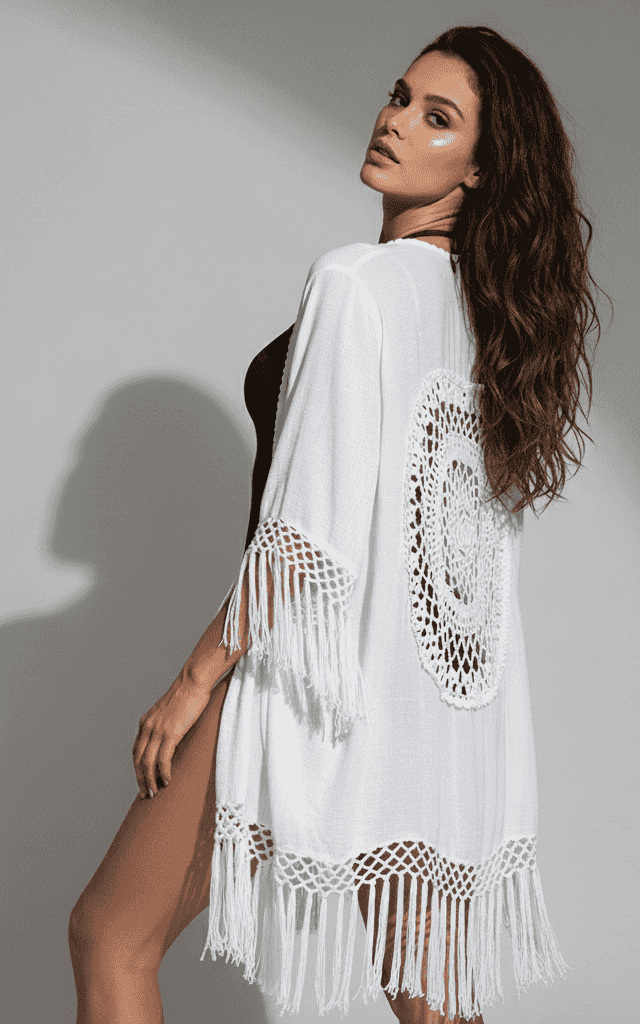Tideline: More Than a Supplier, Your Swimwear Brand-Building Partner
We offer high-quality, end-to-end custom swimwear manufacturing from design to delivery.
Explore Our Swimwear Manufacturing Process
This video shows the journey of creating your high-quality custom swimwear, backed by professional design and precision manufacturing.

Product Collections
Empowering your brand with premium fabrics and targeted designs

Swimwear Collections
Support complete customization of patterns, colors, LOGO and sizes to meet your brand needs

Activewear Collections
From small batch trial orders to large-scale production, we provide flexible production solutions

Tan Through Collections
Professional logistics team ensures your orders are delivered on time worldwide

Accessories Collections
Provide comprehensive professional support from design consultation to after-sales service
Service Advantages
Partner with Us to Elevate Your Collection and Simplify Your Supply Chain
Custom Design
Professional design team creates unique swimwear styles tailored to your brand and customer needs.
Fast Production
Efficient production process with 15 Day fast delivery to meet your urgent market demands.
Quality Assurance
Strict quality control system ensures every piece meets international standards and customer expectations.
Professional Service
Dedicated customer service team provides comprehensive support from design to delivery.
From Idea to Swimwear in 5 Simple Steps
Streamline your brand creation process. Focus on creativity and marketing.
Consultation
Share your brand concept and requirements via phone, email, or our online form.
Design & Sampling
Tideline creates professional designs and produces samples for you.
Confirmation & Order
Finalize details and approve the production order after sample review.
Production & Shipping
Tideline will handle high-standard manufacturing and arrange reliable logistics.
Growth Support
Tideline provide ongoing technical and marketing advice for long-term brand development.
Need a Supplier Who Understand Branding?
Partner with Tideline for strategic expertise that turns products into a powerful brand.
- Direct Factory Pricing & Communication
As a direct factory, Tideline eliminate middleman costs to offer more competitive pricing and ensure efficient, transparent communication.
- Extensive Material & Component Library
Tideline provide a diverse selection of fabrics and accessories—from eco-friendly nylon to high-elasticity composites—to match various style and functional needs.
- Flexible Low-Volume & Sampling Support
Begin with small-batch orders (MOQ 60 pieces) to test the market with minimal risk. Benefit from a rapid sampling service, with prototypes delivered in as fast as 3 days.
- Rigorous Quality Control
Our strict four-stage inspection system—from raw materials to finished products—ensures every garment meets international quality standards.
